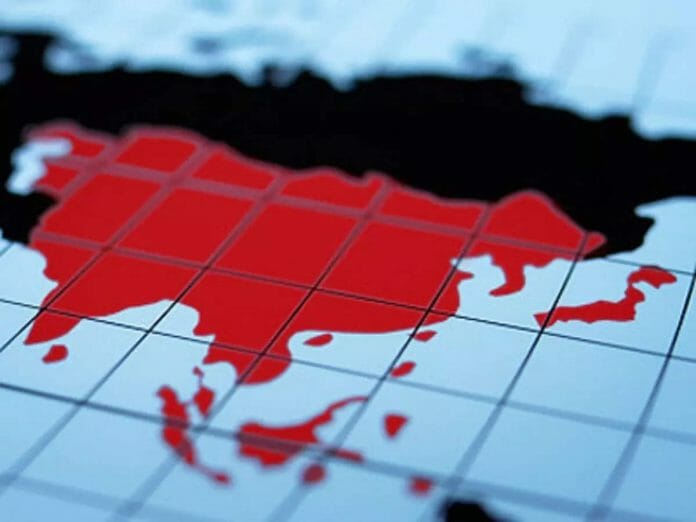The year 2022 was all about the fight against inflation, and 2023 will be about the aftermath – how economies stack up after having to fight inflation to varying degrees.
In 2022, Asia weathered the shocks better as the step-up in inflation was less than other regions, while the step-down in growth was more moderate. As we look to 2023, Asia is well positioned as we expect it to enter a rapid disinflationary phase and see outperformance in growth.
While inflationary pressures are expected to recede around the world in 2023, Asia’s disinflation will be more rapid. By mid-2023, we estimate that inflation would have already declined back towards the comfort zone for 90 per cent of the central banks in the region.
This rapid disinflation in Asia will be driven by a few factors. Inflation here had more of a cost-push nature to it and these pressures are fading, resulting in lower food and energy inflation. Core goods prices are also making a rapid downward descent, given the deflation in goods demand. Moreover, labour markets were not that tight in Asia and wage growth has remained below its pre-Covid-19 rates, limiting the pass-through of higher input costs to core inflation and also preventing a wage-price spiral from taking hold, The Business Times cited.
With inflation on its way down, a majority of central banks in the region should be able to end their rate-hike cycles by Q1 2023, with four of them ending by Q4 2022. At the outset, the growth-inflation trade-off has not been as intense for Asian central banks. We have been of the view that central banks in Asia will not have to lift rates deeply into restrictive territory, and recent developments have increased our confidence that this will come to fruition.
Interestingly, even as markets have priced in a more hawkish path for the Fed recently, the market pricing for peak rates in Asia has not moved up much. Moreover, the external backdrop should ease Asia’s financial conditions too. Our global strategy team expects the US dollar to peak and both real and nominal US rates to decline, which will support the easing of financial conditions in Asia.
While external demand will remain soft through the first half of 2023, Asia’s domestic demand is supported by reopening and the easing of financial conditions. For economies outside of China, the easing of financial conditions should extend the runway for growth in domestic demand. In particular for economies such as India and Indonesia, the next phase of the recovery in domestic demand will involve a pickup in private capital expenditure, aided by healthy private balance sheets and a prudent policy mix.
For China, the boost to growth should be from its reopening, which we expect from the spring of 2023. Though investors have been very sceptical about the prospects for reopening, recent comments from policymakers in China about minimising economic disruptions and fine-tuning aspects of the Covid-19 management policy suggest to us that the direction of travel is towards reopening. Over the next few months, we expect policymakers to step up preparatory work by taking up measures which include:
- A concerted effort to boost vaccination rates, especially among the elderly,
- Reshaping the public perception of Covid-19 and,
- Increasing the availability of domestic Covid-19 treatment pills and facilities.
The risks to the outlook are two-fold. First, if US inflation stays elevated for longer, it would lead to more tightening by the Fed than is expected, and could drive renewed strength in the US dollar. This, in turn, would prolong the rate-hike cycle in Asia, keep financial conditions tight, and exert downward pressures on growth. Second, a delayed reopening in China could have a non-linear impact on China’s growth trajectory, with adverse spillover implications for the rest of the region.
We believe investors will be on the lookout to see how growth fares after the fight against inflation. After a less intense fight with inflation in 2022 as compared with other regions, we think that in 2023, Asia’s growth will be able to outperform on the back of robust domestic demand.
We expect Asia’s growth to improve from a trough of 3.6 per cent in Q1 2023 to 5 per cent in H2 2023. Growth differentials will swing back in favour of Asia, rising back towards levels last seen in 2017 to 2018.
The authors are Chief Asia Economist Chetan Ahya and Asia Economist Derrick Kam from Morgan Stanley. The views expressed are the writer’s own.
For the latest Business News and happenings, follow BusinessToday on Twitter









